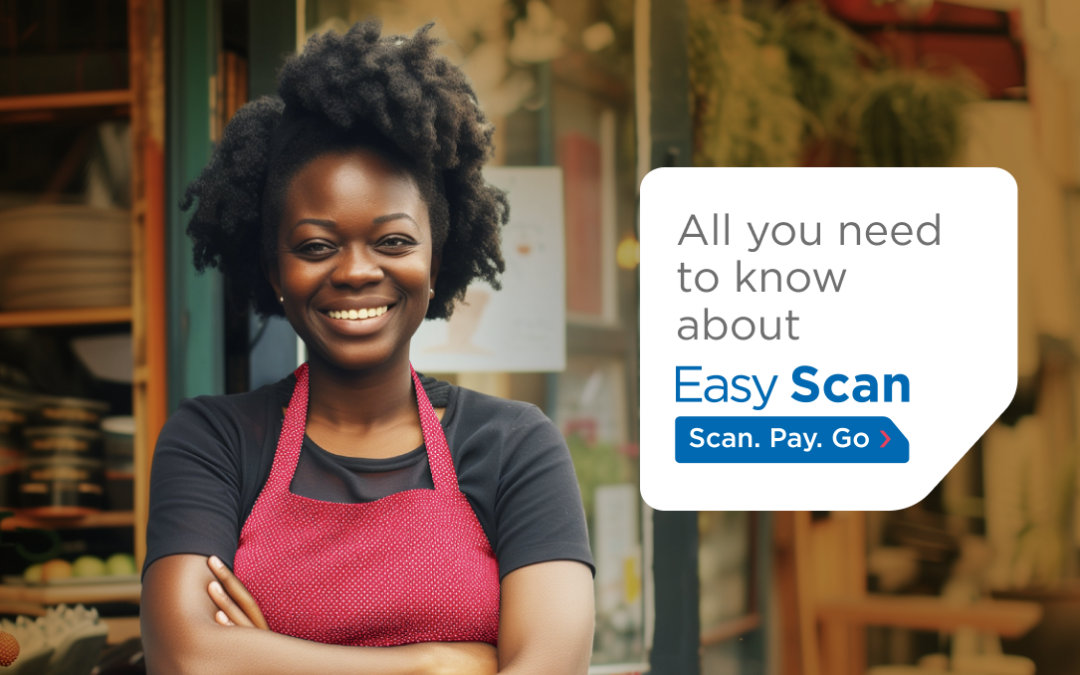By 2011, 36 percent of U.S. mobile users accessed their devices to shop online, either via mobile retail apps or online browsers. By 2013, the global mobile payment volume had reached US$ 235.4 billion; and is expected to hit $721.4 billion U.S. dollars by 2017.
On a regional user basis, Africa recorded 45.5 million users in 2011, with that number expected to escalate to 101.3 million users in 2016.
Take Kenya as an example. It is virtually a cashless society, with 86 percent of households using mobile payments, allowing a cheaper alternative to traditional banking options, especially with regard to cross-border transactions. With Kenya in the lead — and Tanzania and Uganda close behind – payment service providers are developing platforms and systems to make mobile transactions cheaper, easier, more convenient, and faster, allowing the region the freedom to develop commercially in additional directions.
Of course, each advanced payment method – and indeed the entire concept of “moneyless” transfer of funds in commerce – has legitimate challenges and concerns, both for vendor and customer.
Challenge 1: Security for one-touch mobile payment apps
Security ranks highest among concerns for customers and vendors. Because one-touch mobile payment apps store credit card and other financial details to make payments easy and seamless for buyers, many consumers are still afraid of someone intercepting their payment information or other data.
Merchants and service providers can only store financial information once they implement the extremely stringent security procedures, and meet the robust, comprehensive standards set by the PCI DSS. This open global forum is responsible for the development, management, education, and awareness of the PCI Security Standards, ensuring absolute financial security. Without the PCI certificate, the merchant cannot store and process payments.
Currently, some of the biggest players in the payments tech industry are working on some of their own solutions such as tokenization, fingerprint readers, and a mix of other technologies to provide seamless and secure options for users; customers and merchants alike.
Challenge 2: Cross-platform payment solutions
There are vast amounts of different mobile devices and operating systems (Android, iOS, and more), and thousands of networks, and the challenge that one payment system to function across all of them is significant.
There are a few technological solutions to this…
- Direct Mobile Billing Options: features high security, convenience, speed, and a proven track record.
- Near Field Communication (NFC – No-Touch Mobile Payments): enables users to wave an NFC-enabled phone in front of an NFC reader.
- SMS Based Mobile Payments: despite its many drawbacks (poor reliability, high cost, low security, slow speed, etc.) this is still widely used.
…but there is still a long way to go.
Challenge 3: User adoption is slow
Many people are simply accustomed to the payment methods they have been using their entire lives. Cash and credit cards are still within their comfort zones, and learning a new payment method or changing their way of paying for things might seem silly or pointless to them Other people still consider their mobile phones as insecure and not as reliable for payments as other methods, such as credit cards or even direct bank transfers.
Payment services providers and merchants need to educate consumers, earn their trust, help them become familiar with the mobile payment experience, and make them feel rest assured that security is a prime concern. PayPal, for example, achieved this with great success, over the years.
Challenge 4: Technology
In many developing countries, internet connection speeds are slow, network reach is minimal, and the infrastructure is weak. All of these are driving the ever-increasing demand for the development of digital and mobile payment technology.
Additional restrictions are set by the slow deployment of new generation smart phones. The majority of the population still uses older phones, which do not support apps. This requires mobile payment providers to develop a bridge between old and new technologies.
In Africa, for example, this need for a solution to overcome this technological challenge is being met with a variety of digital solutions, such as Airtime money, mPesa, PesaPal, and mSwipe, to name a few.
Mobile Cross-border payments and ecommerce still have many challenges ahead. The natural concerns of security, a multiplicity of devices and operating systems, slow adoption, and the technological limitations all contribute to the obstacles facing mobile payments, today. But they are being successfully overcome through careful planning, education, marketing, and by choosing the right payment service provider as a partner.





